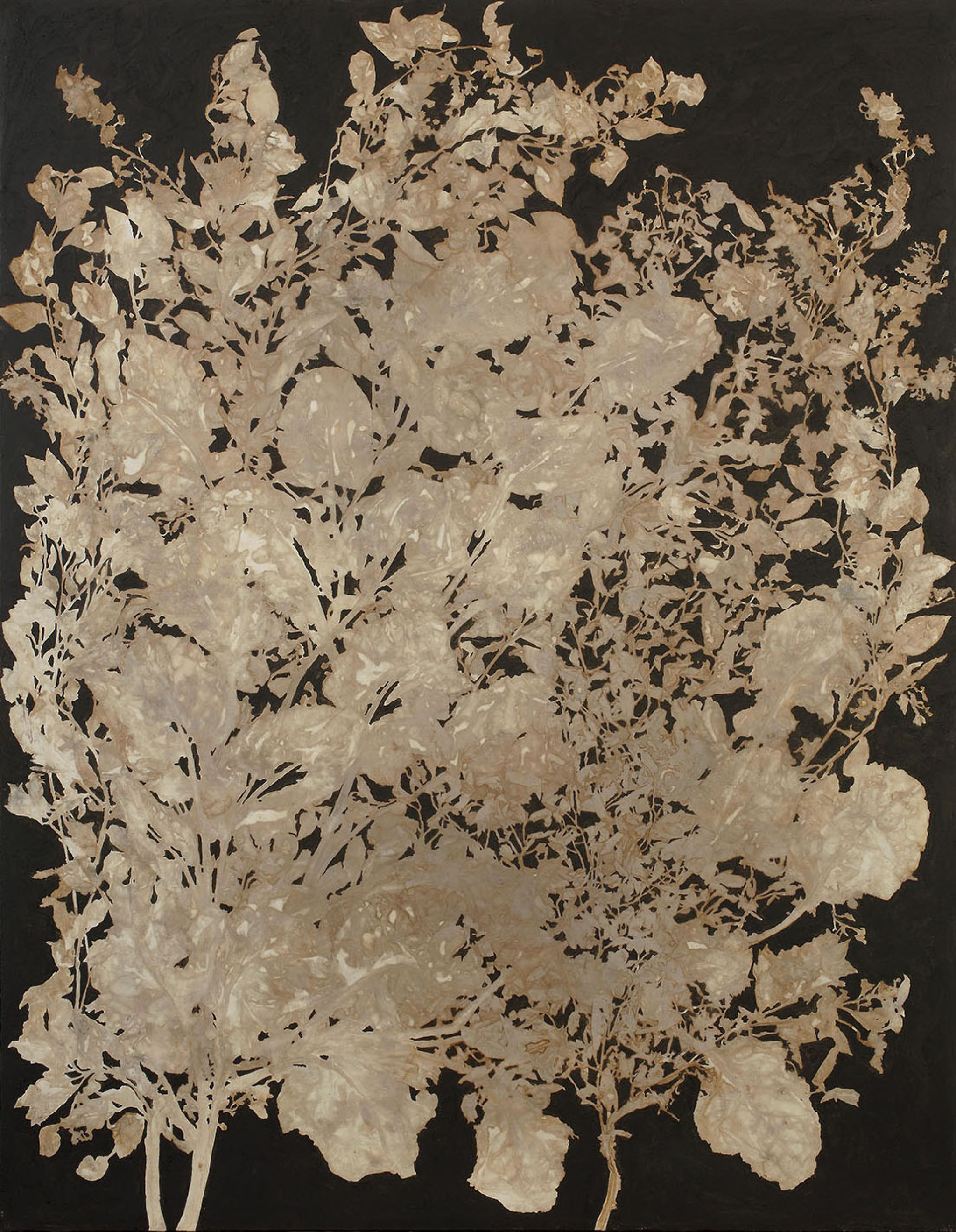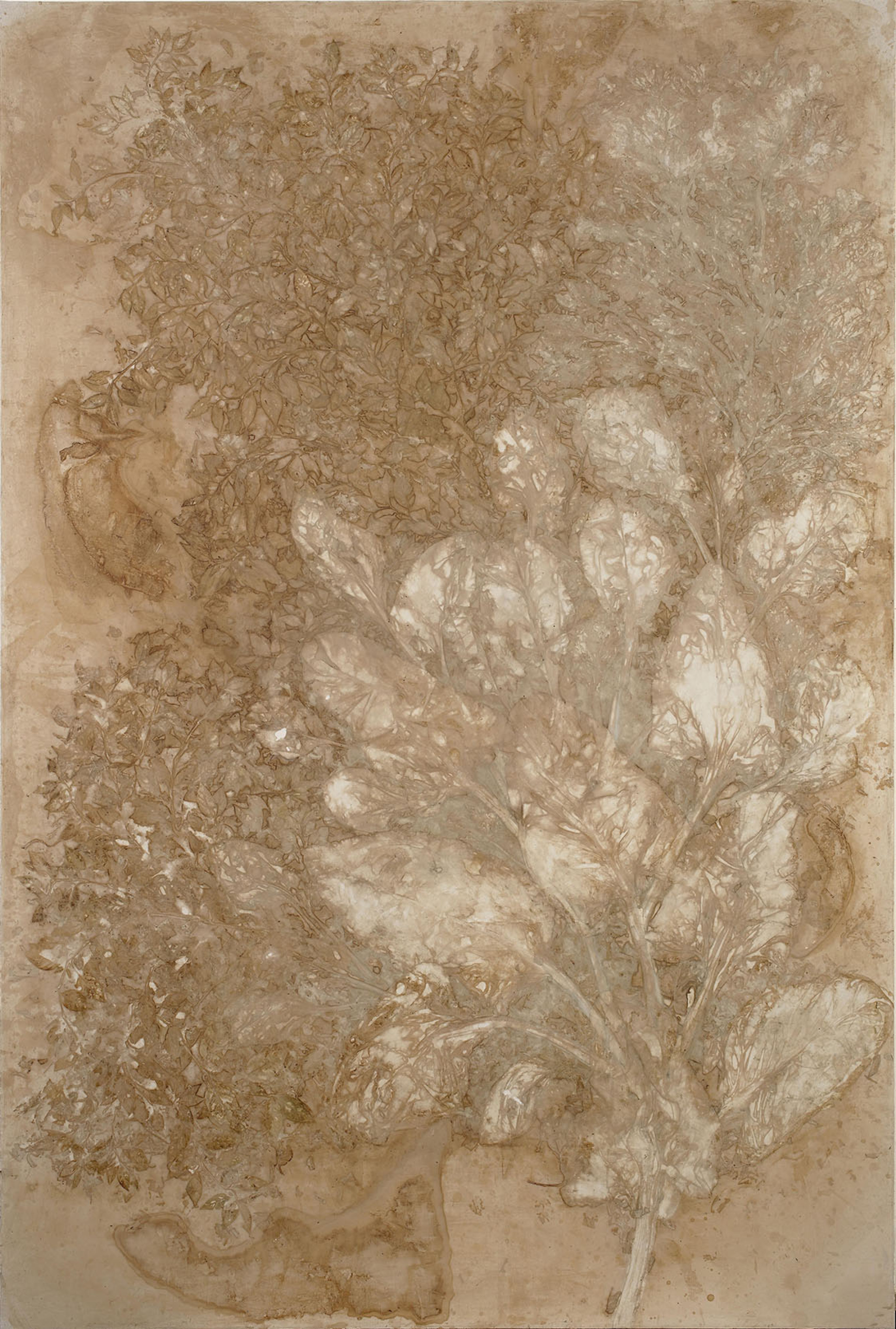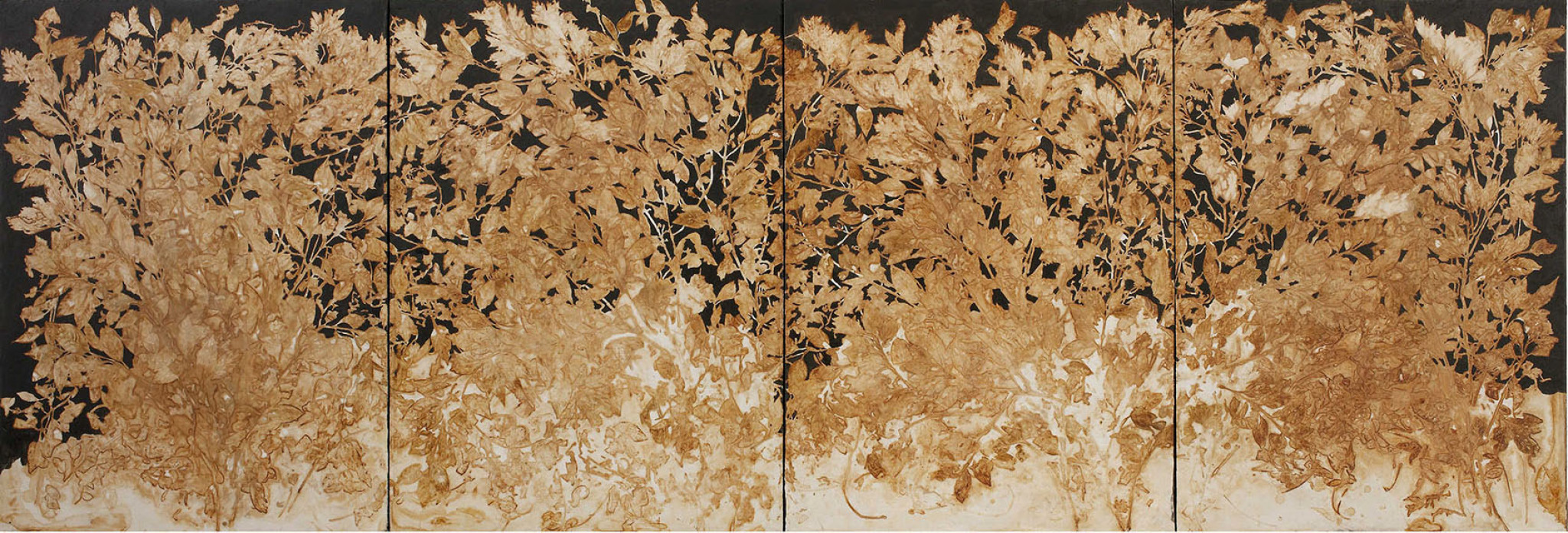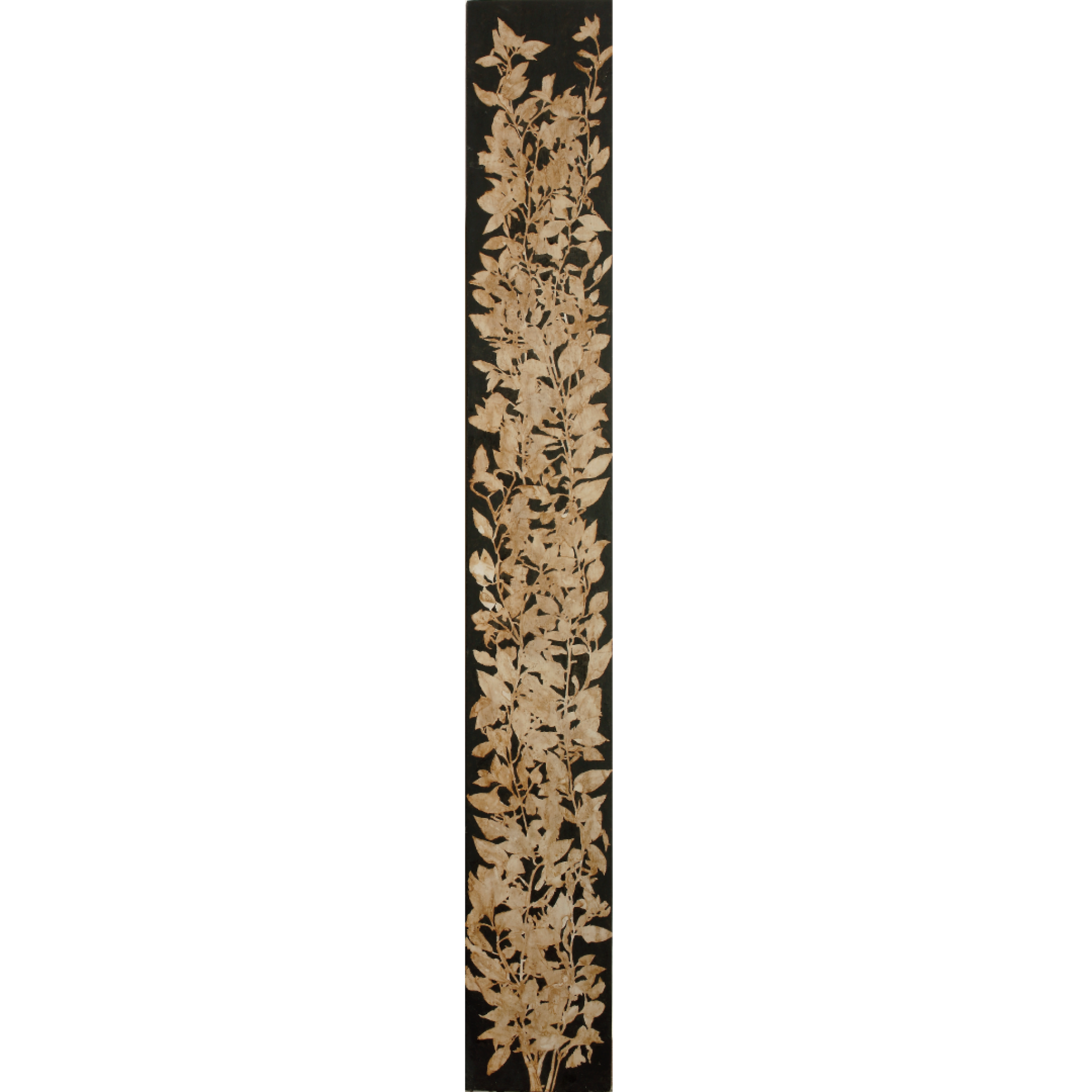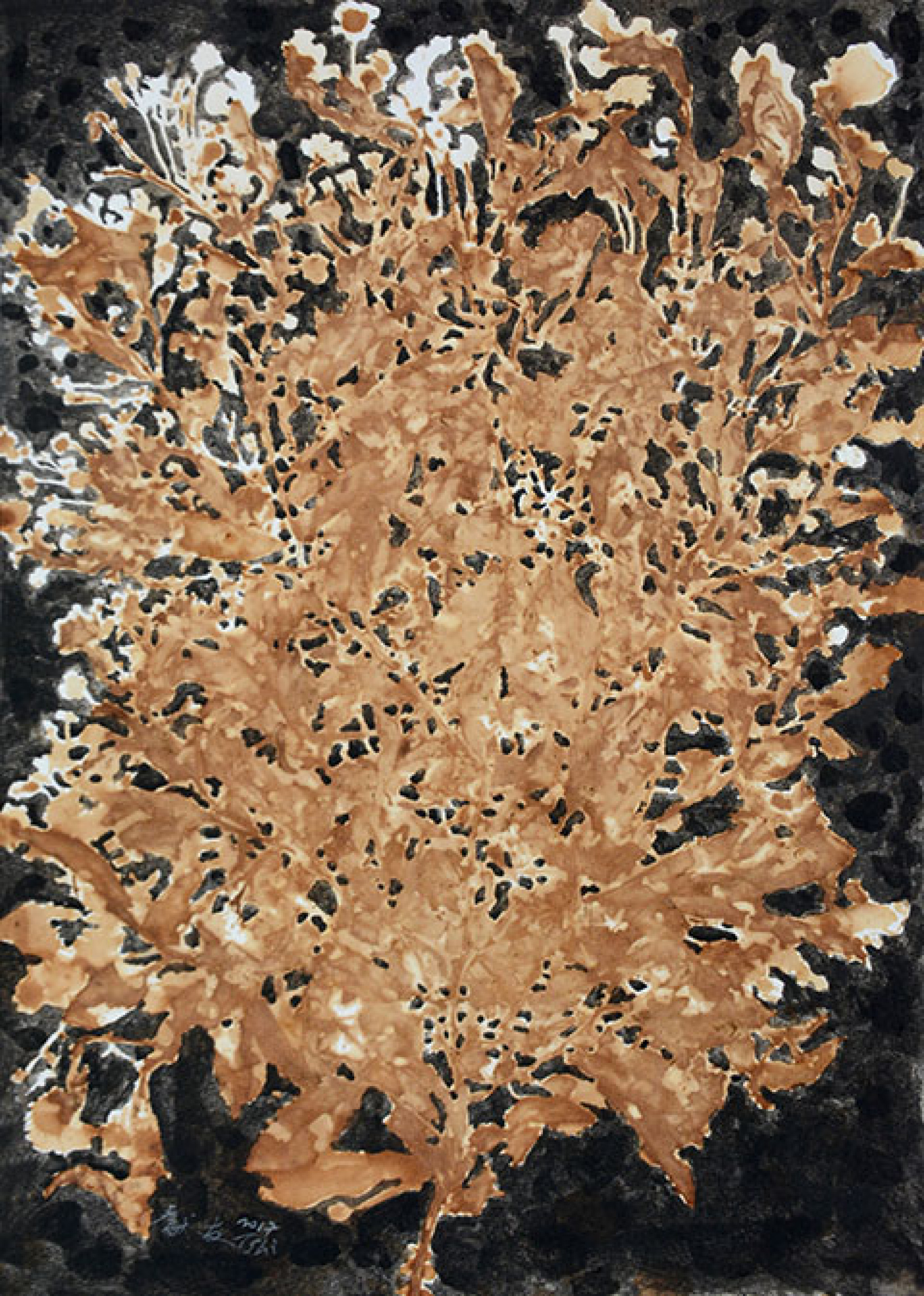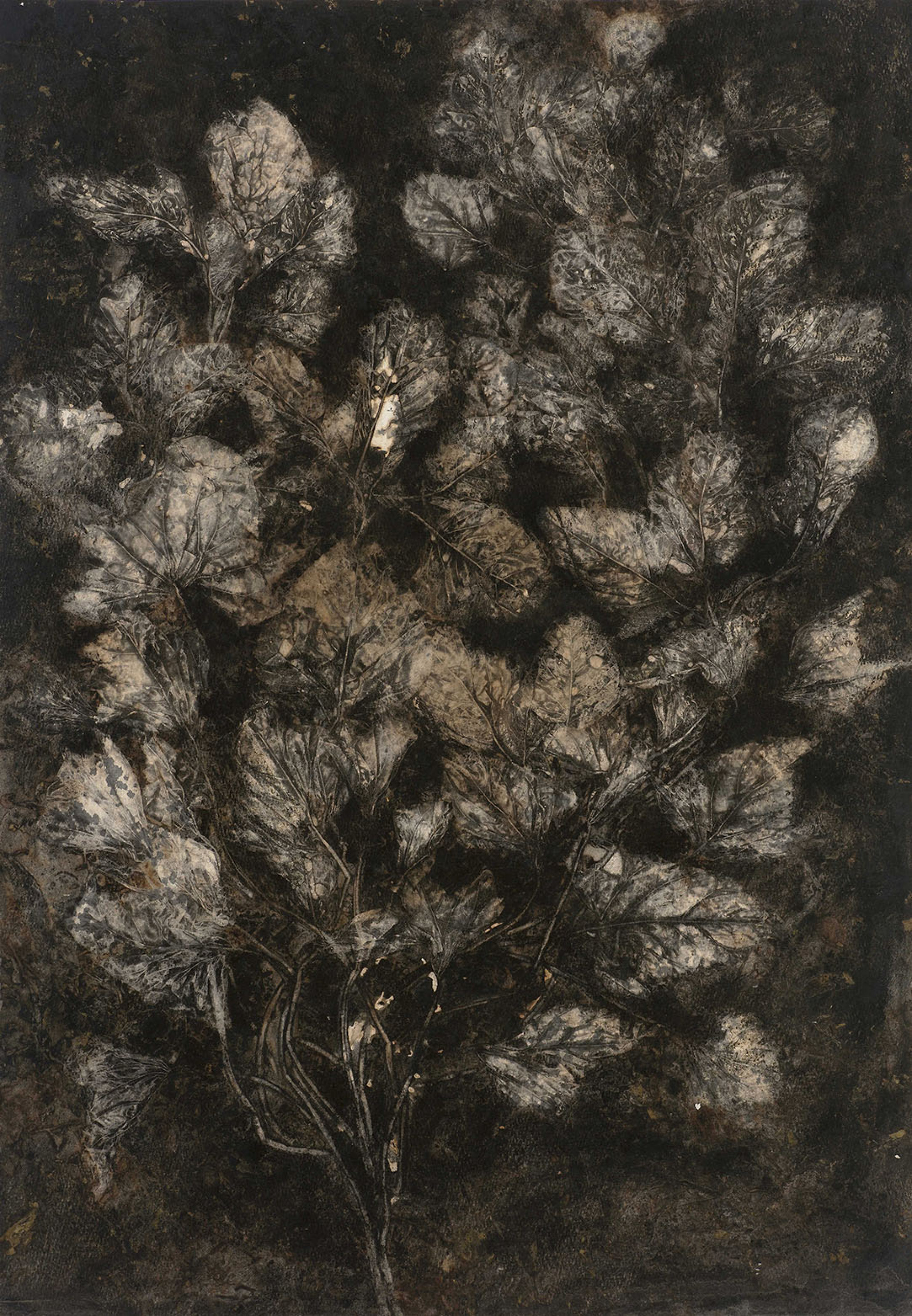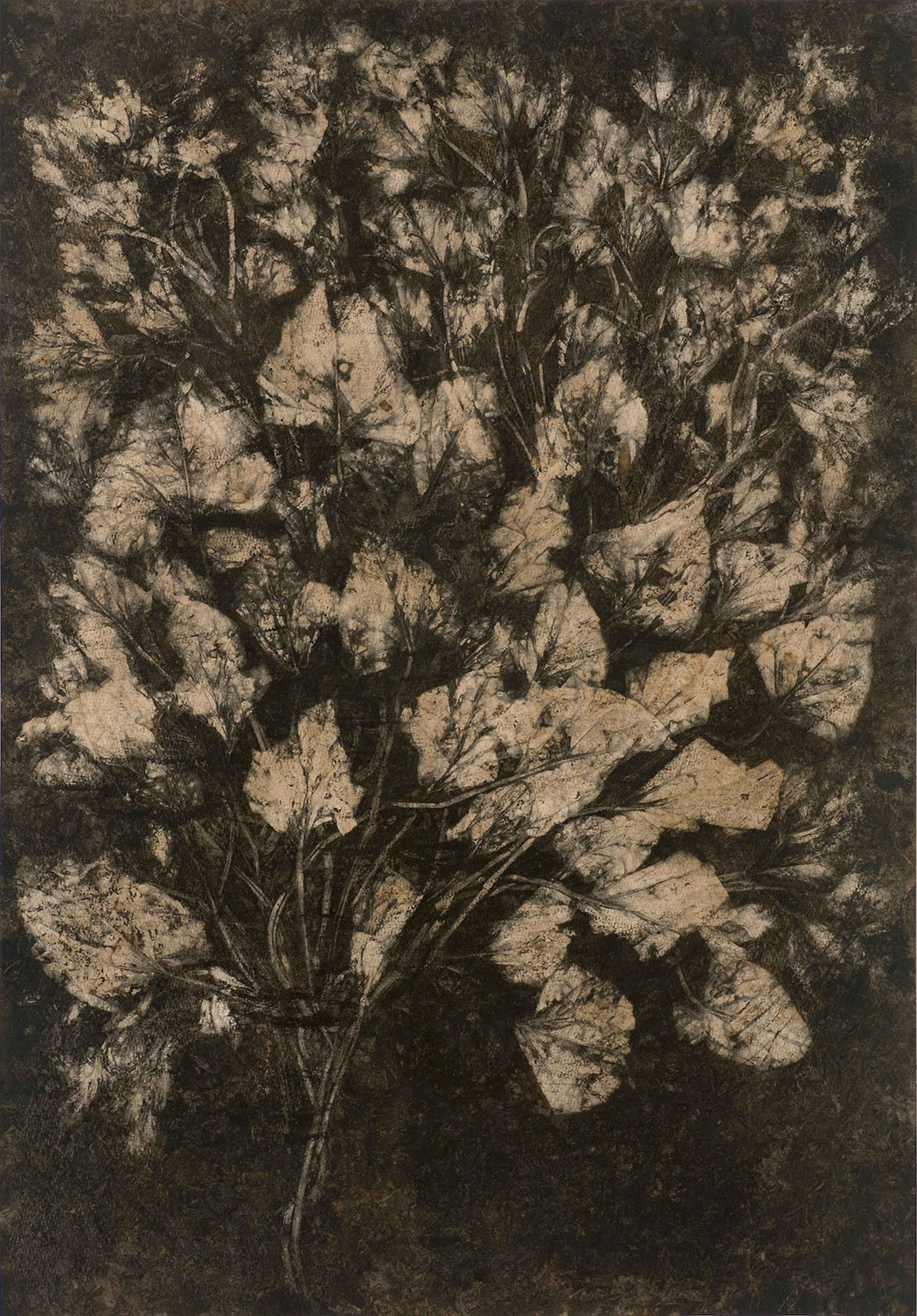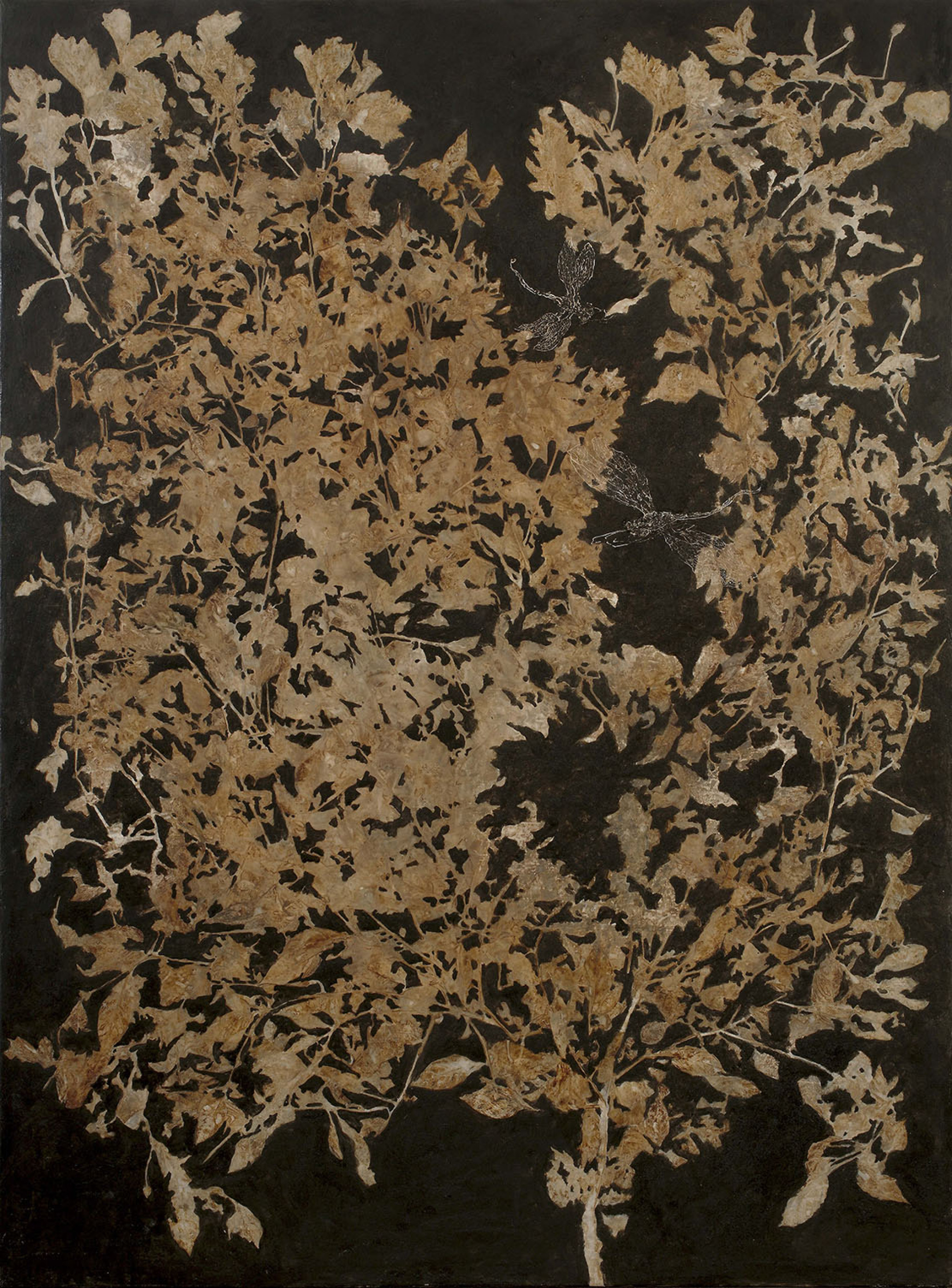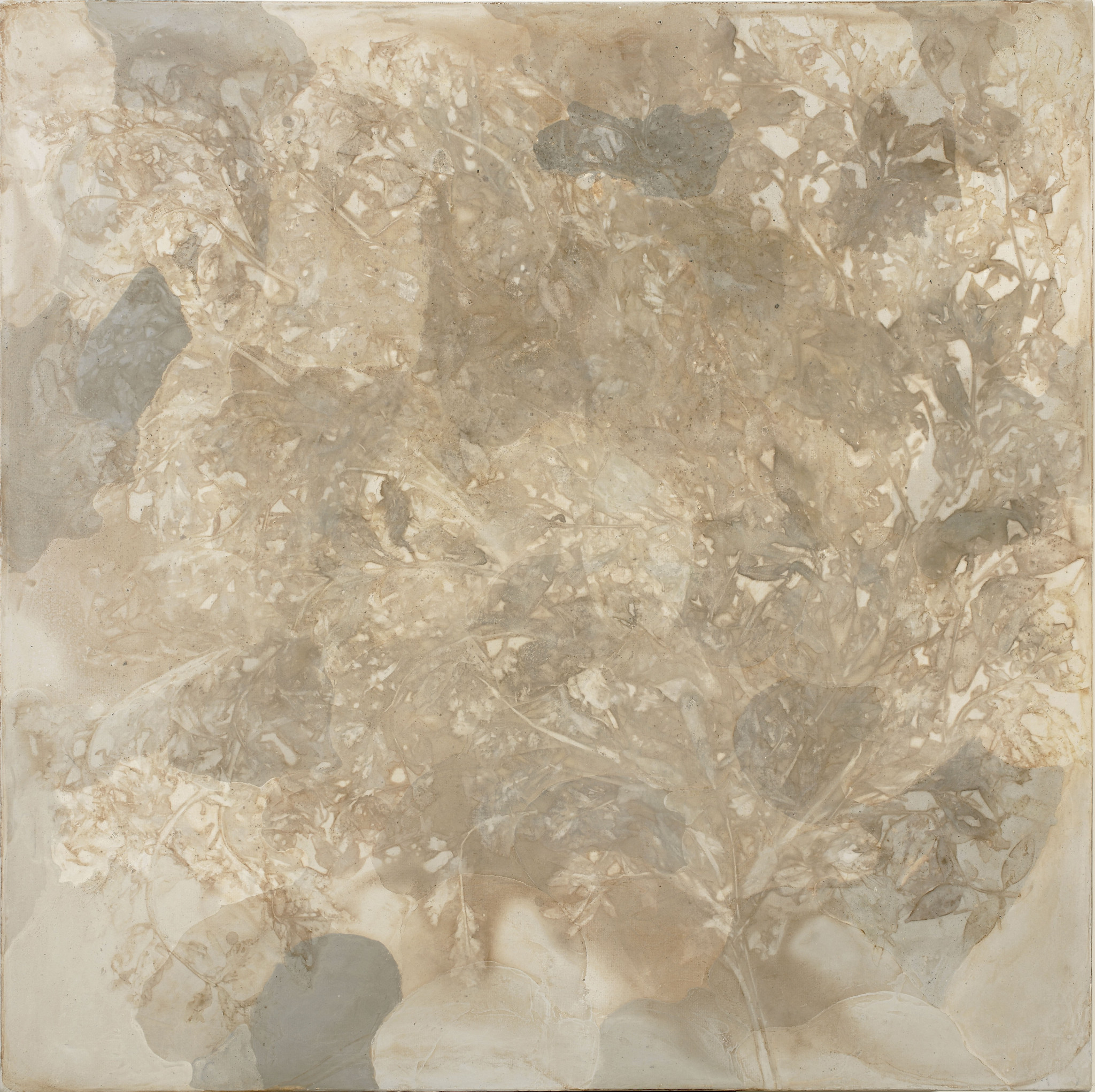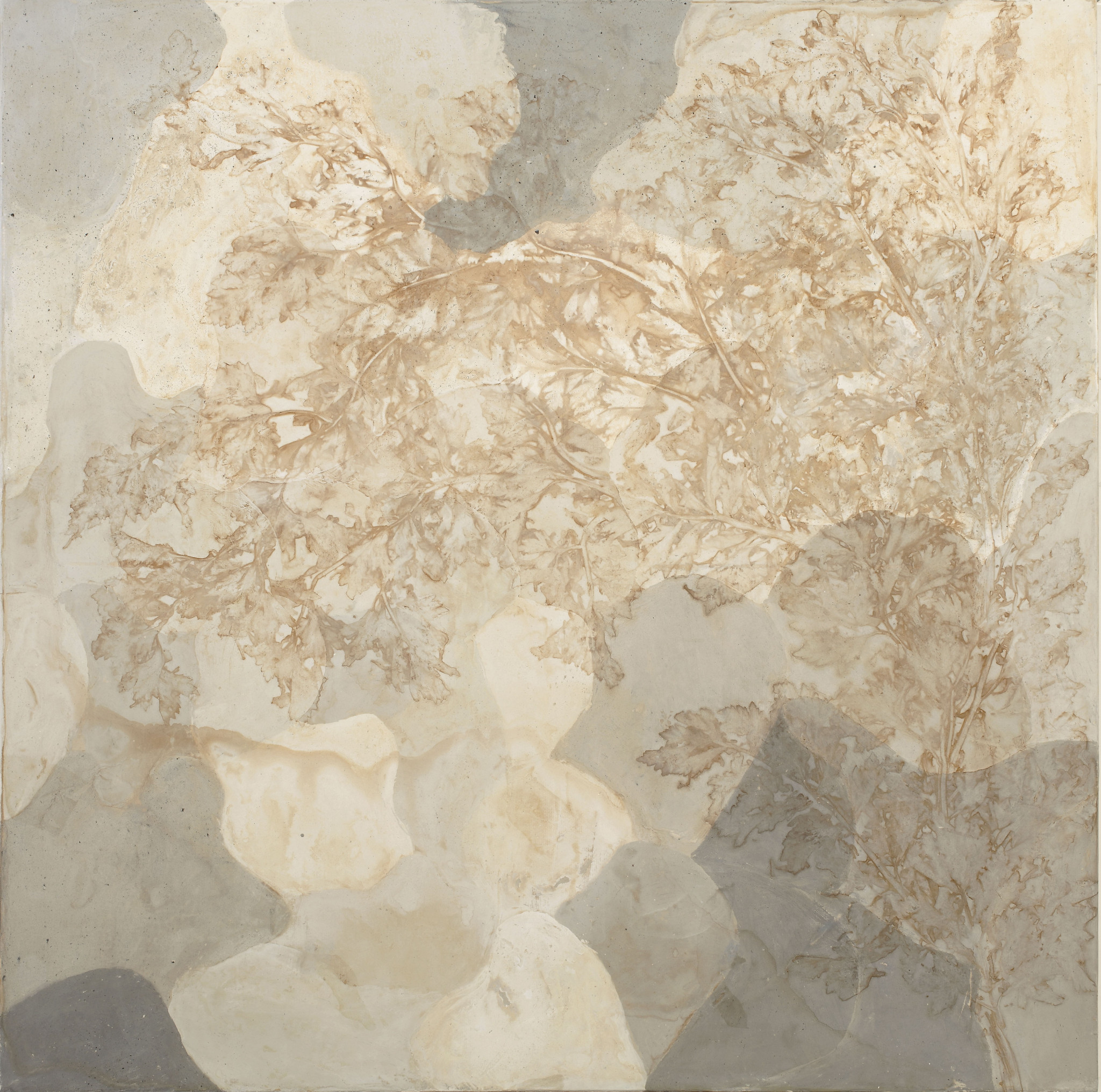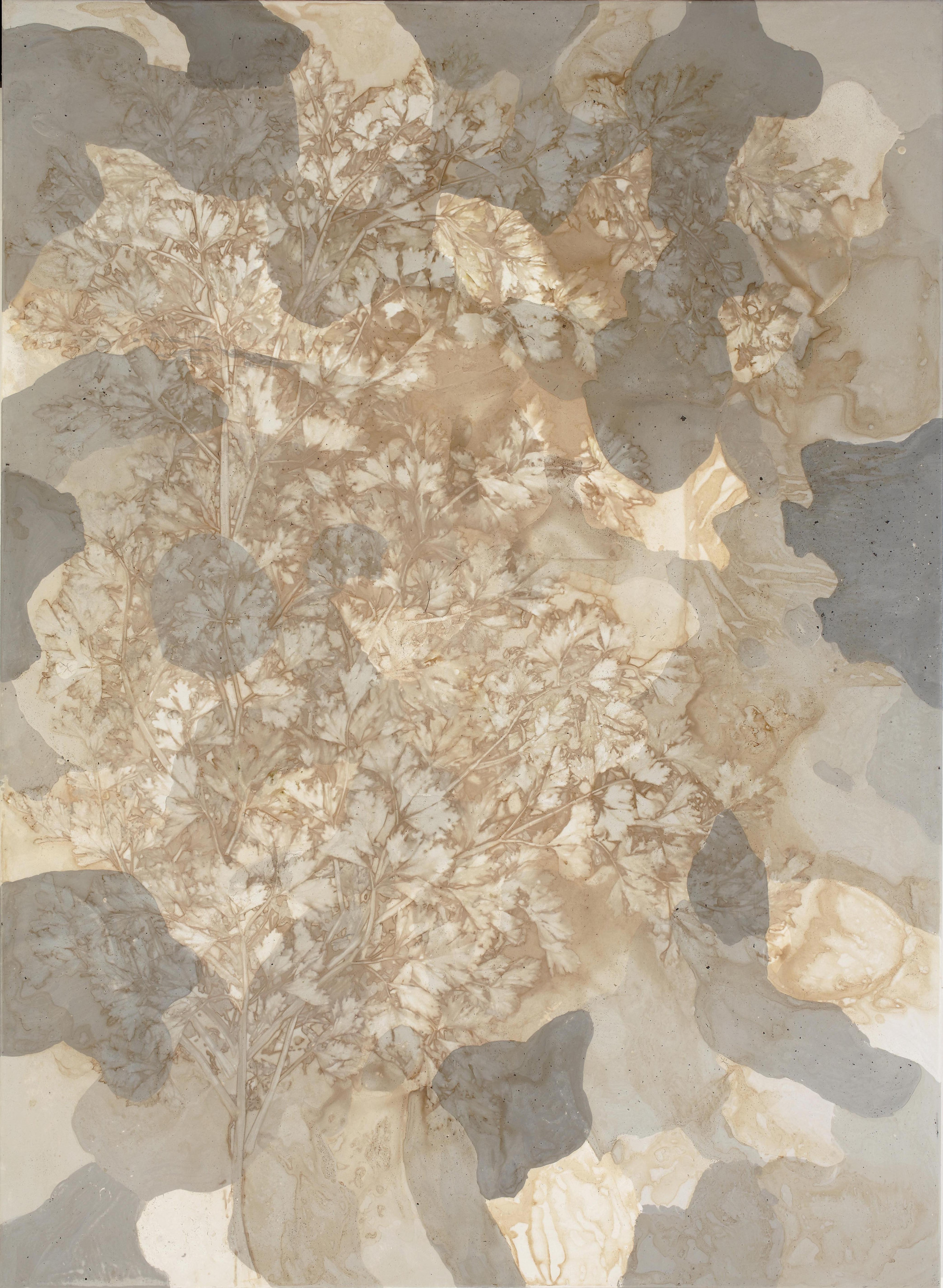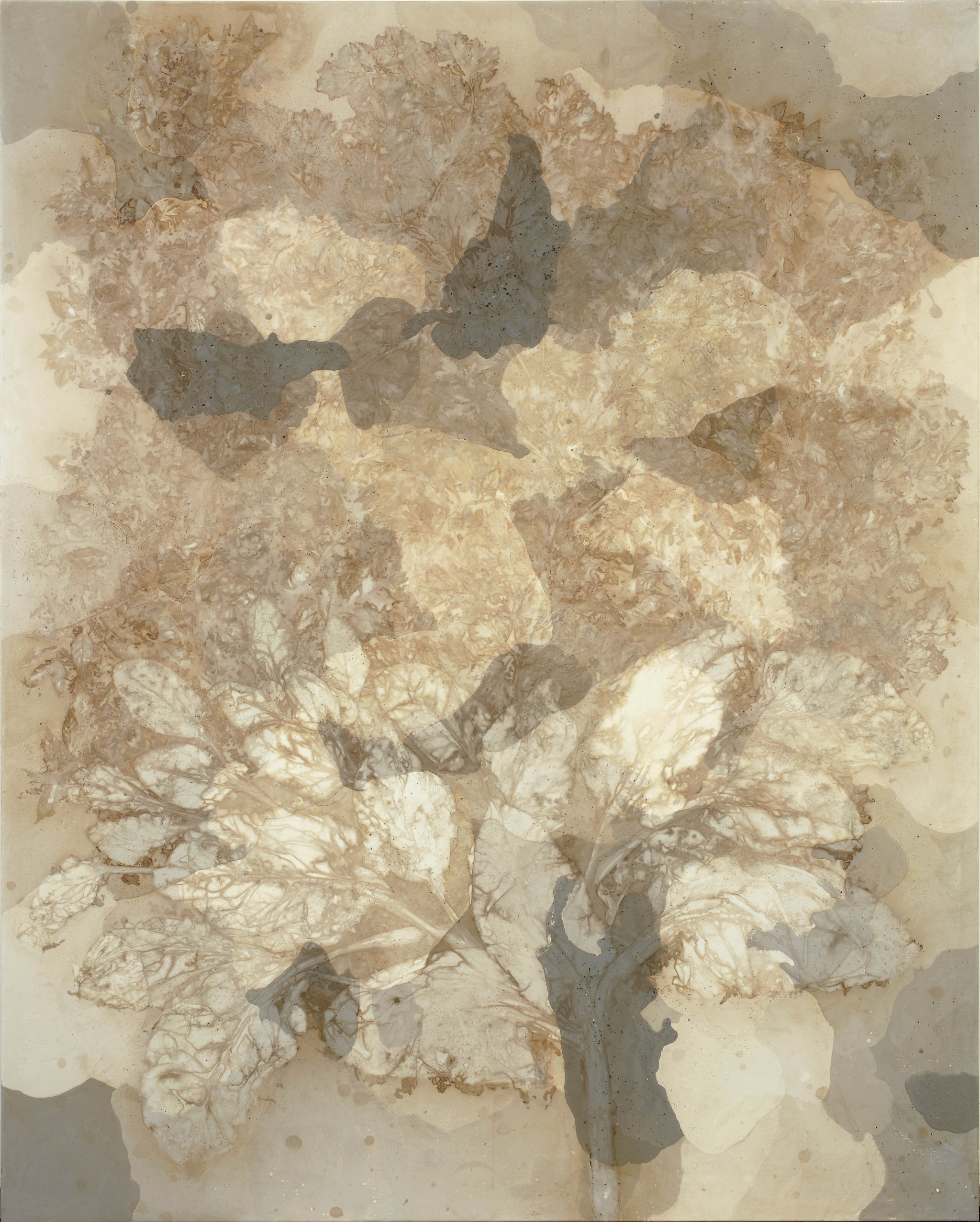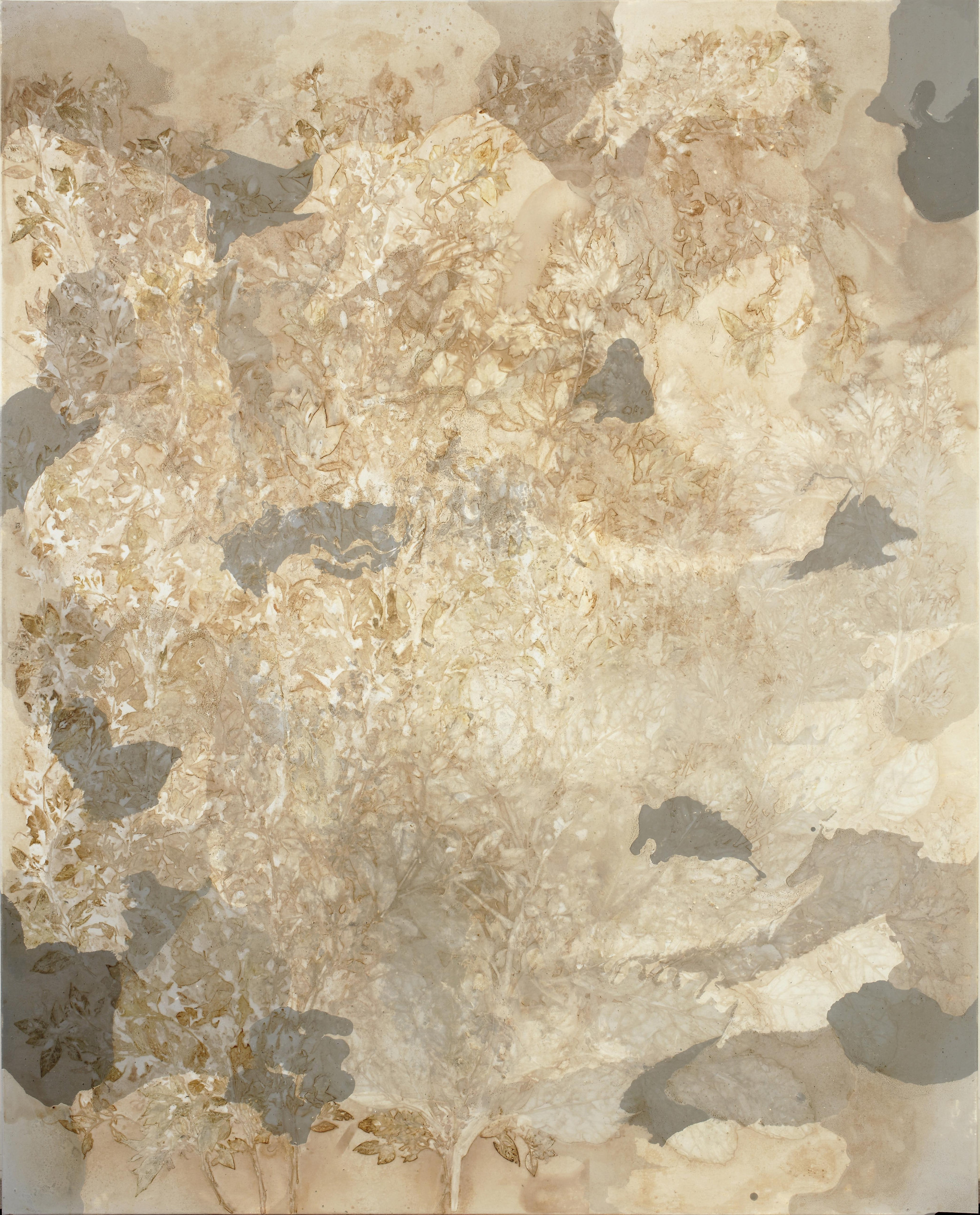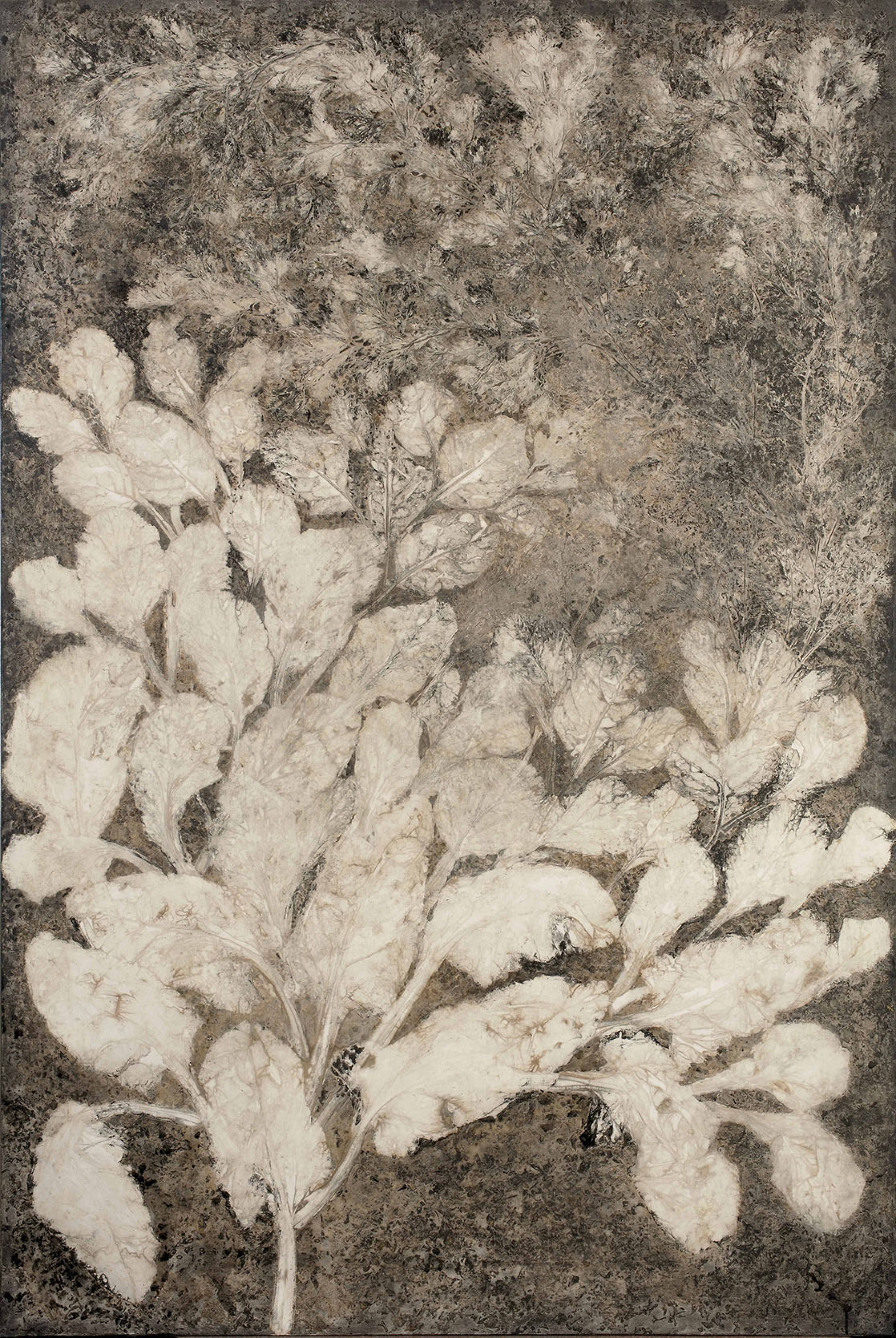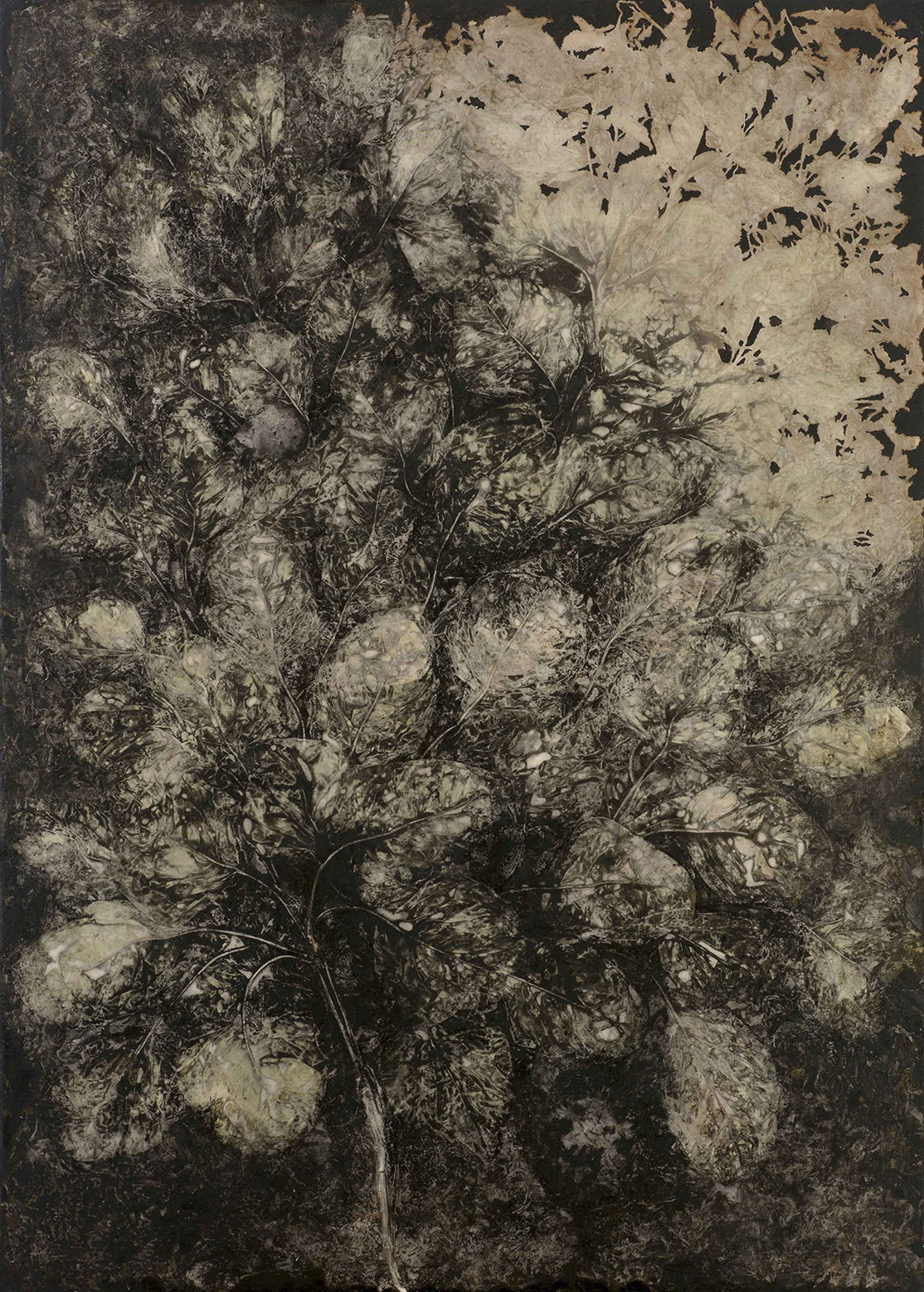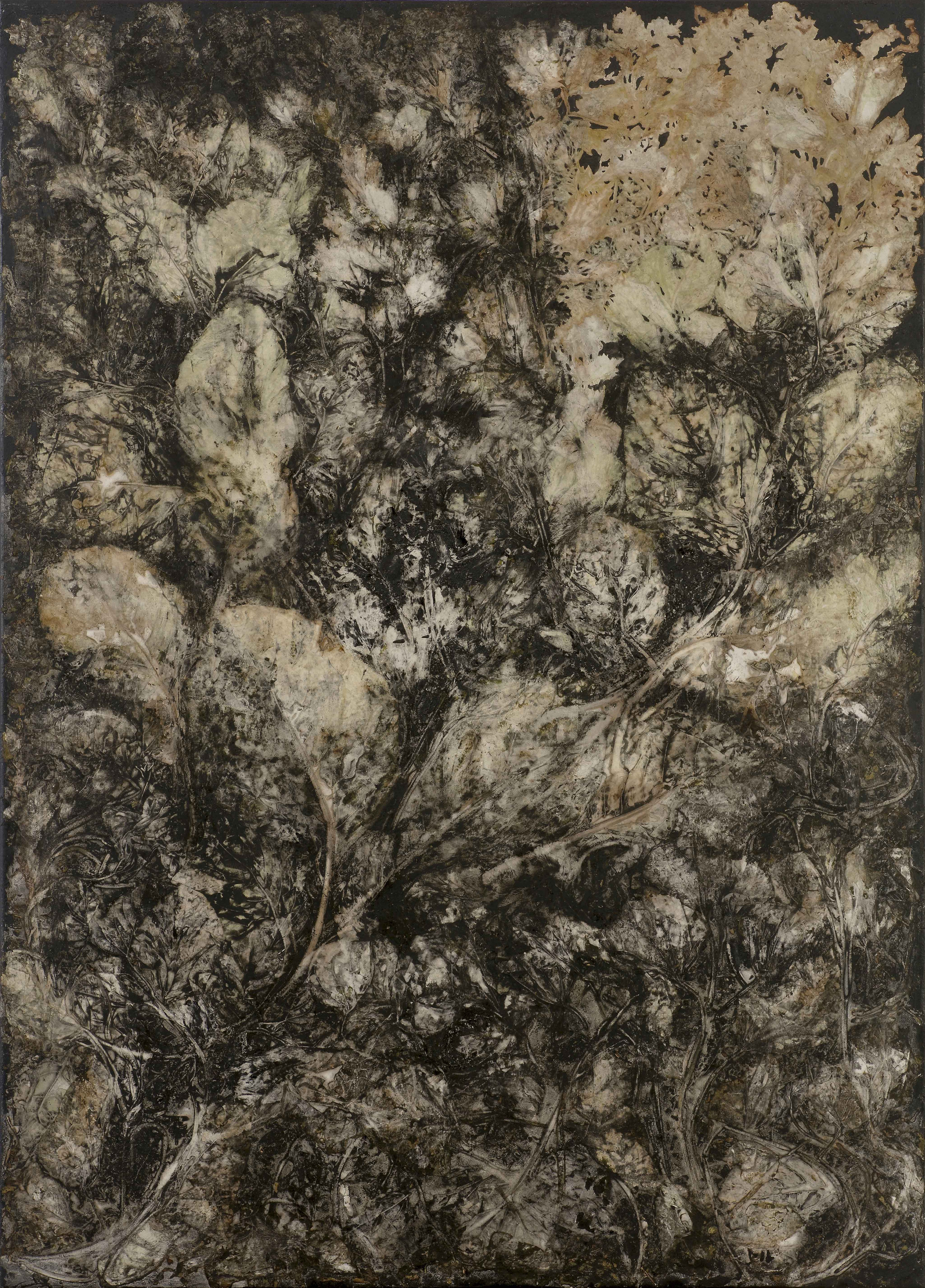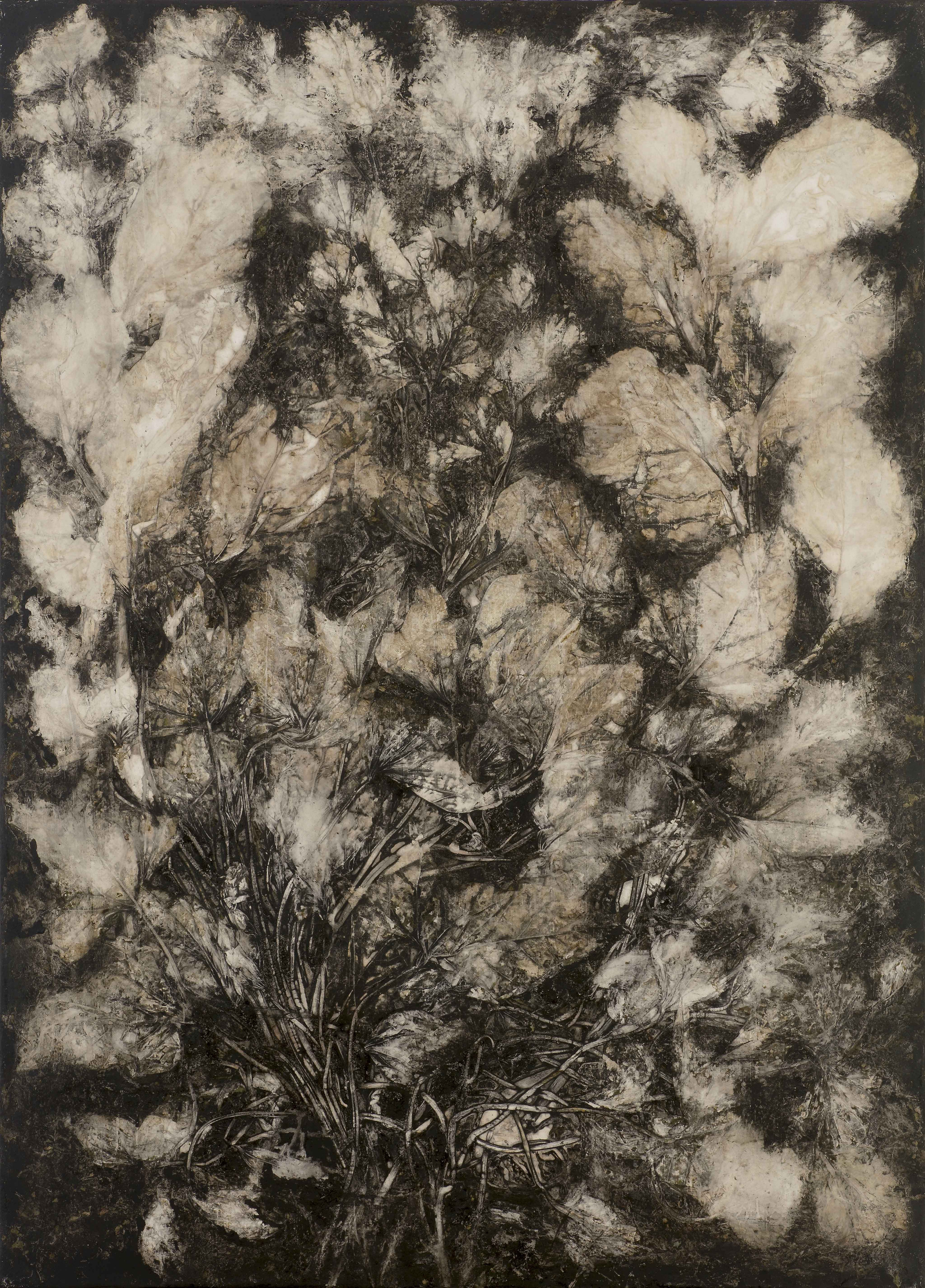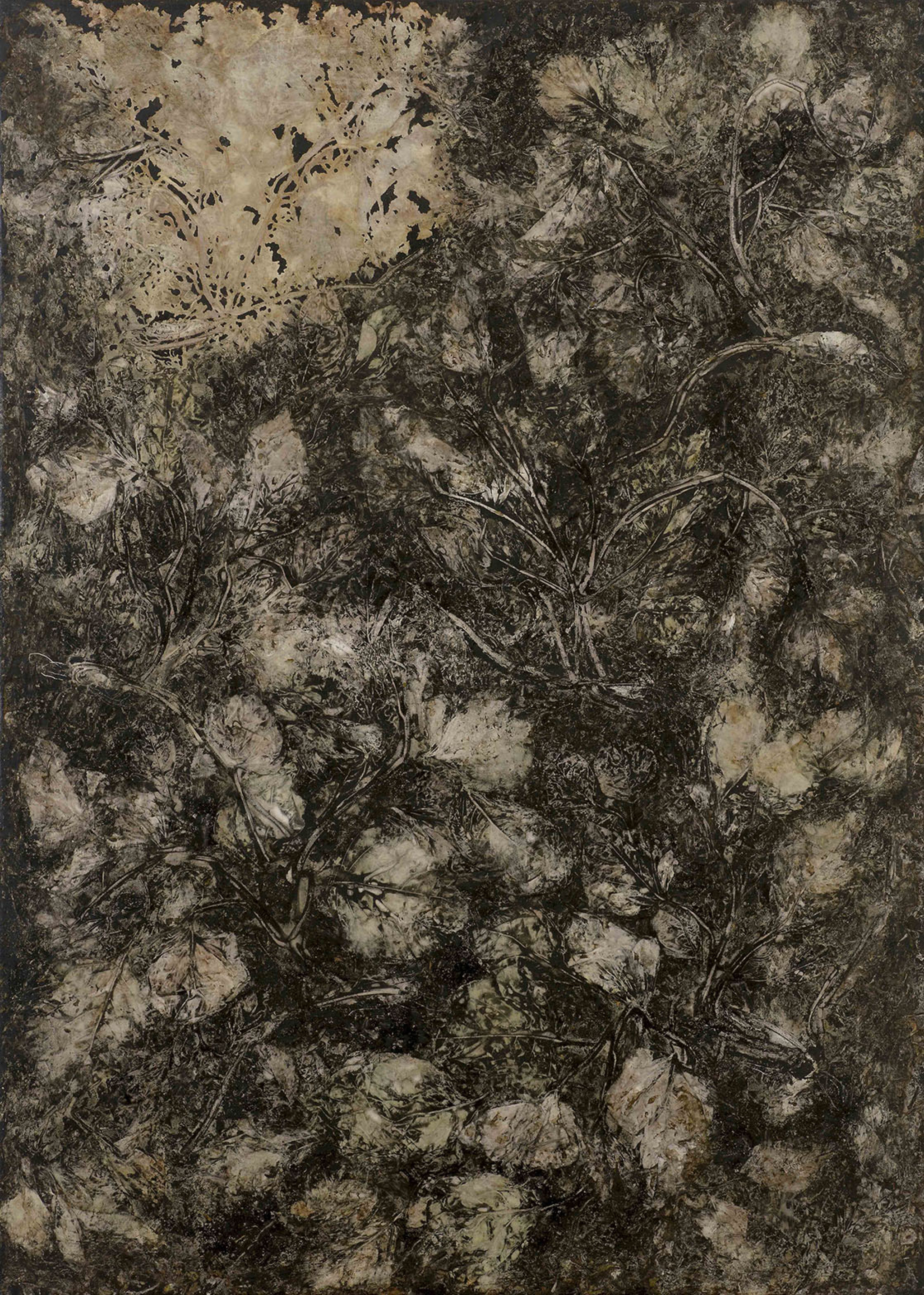The Art Meditator: Tsai Hsien-Yiu
Exhibition: 2017.10.12-2017.11.30
Opening Reception: 2017.10.28 2:30PM
The Art Meditator: Tsai Hsien-Yiu
by Ye Chu-Sheng
A multivariate, technological environment presents us with a variety of issues to probe into, while multivariate art methods and media leave artists with the major question of how to choose the best expression. Moreover, as life and the surroundings change, art demands constant innovation through mindfulness and the co-existence between the self, the environment, and nature. Paintings reflect the inner state of the painter; it is inevitable for the work to relate to the mental state, including issues such as the outlook towards life, values, and personality, of its creator. Therefore, when an artist is fully immersed in his or her work, the form of the artist truthfully manifests through artistic methods. It is not easy to lead an organized lifestyle between teaching, administrative work, and creative work; but Hsien-Yiu is among the few who manages to achieve this. Due to his attention towards the expression of natural materials and his fragmented work schedule, Tsai Hsien-Yu tidies his materials and tools on a daily basis so that he can enter the state of concentration in his studio within the shortest time possible. Tsai started studying materials when he was a student and manages to apply materials that are far from traditional and conservative. Tsai’s materials are all collected from nature and not art stores, refined and perfected with the precision of a scientist to return to the authentic and natural stated through materials.
Perhaps in the eyes of Hsien-Yiu, the creative process has turned into a practice that disciplines and refines the temperament, a process that continuously and repeatedly reflects on the inner and outer state of being, allowing him to guide the gaze inward, probe into the essence of nature and life, and reach a state of ease. The topics that catch his attention all come with discourse and research, and all of his works reach a certain quality and quantity. Throughout each stage, Tsai’s works are linked together with a common elegance; each created using natural materials and conducts a profound examination towards the evolution of nature. This process makes the artist similar to an alchemist; the process of creating art is a part of the work and Tsai’s meditation practice, with hopes that the work and creator can become one.
The works of Tsai Hsien-Yiu can roughly be sorted into four categories: material, philosophical, natural, and botanical. Black world, awarded with the 1986 Lion Art New Artist Award, was inspired by the mixture of charcoal and glue, materials used by intellectuals when writing and painting, capable of creating various effects and forms. However, Tsai seems to be unconcerned with the endless possibilities but instead focuses on ways to simplify the works. Tsai places the works in a container under the sun for the water to evaporate, leading to the glue to merge with the charcoal, creating the crystallization of ink. Natural shapes and cracks form on the crystal, leaving a rough surface with enchanting shimmer. Existence and non-existence are one, both leading to infinite possibilities and imaginations. Different artistic expressions are capable of shattering traditional painting elements and structures, direct and pure at the same time.
Life & Death: Revert (1989-1993), The Dynamic of the Primitive World (1993-1995), and A roc (1996-1998) are philosophical reflections on life. The law and pattern of natural phenomena display the endless cycle of life where birth eternally accompanies death, constantly changing, like the perspective of the giant bird, seeing far and wide. All living creatures are tiny beings in the face of the vastness of the universe. It is nearly impossible to express questions about how to live a fulfilled and meaningful life through paintings or words; contemplations such as these may only be investigated through human wisdom. The artist uses organisms, symbols, and designs from the natural world to construct his image. The brushstrokes create a fluid background filled with mobility that forms a mysterious and poetic aura.
Exhibitions that explore the mystery of the natural world include The Magnetic Fields Image (1999-2001), Polar Region: The Mysterious Territory of Ice and Light (2005-2007), Sound of Natural (2009-2010), Falling on White (2011), Falling Leaves (2012), and Forms of Tree (2013-2015). The most extraordinary aspect of these exhibitions is its ability to present its uniqueness throughout different occasions. The physical qualities are observed through the eyes, while the metaphysical is seen through other senses, such as hearing and touch. Despite its mode of existence, human senses have limitations. Tsai Hsien-Yiu continues to expand into the unknown, developing endless possibilities. Whether the themes are old, new, good, or bad, is not worthy of consideration, since old and new are merely differences in concepts. The focal point is how the themes are applied and transformed. Personally, I am incredibly fond of Tsai’s works, but the career of an artist is a marathon, and I look forward to how Tsai expands his works. All of the issues above are important for an artist. The mentioned series of works used a variety of materials and automatic color techniques to grasp the changes and mysterious qualities of light and color; the artist’s nuanced examinations on plants lead to a sense of empathy towards the condition of the plant. The blooming and withering of flowers exist in a cycle, a state that also applies to other entities of this Earth. In the face of the forces of nature, one can only lament and praise. This positivity allows us a glimpse into Tsai’s attitude and perspective towards life.
As the name suggests, the exhibition The Reincarnation of Plants focuses on the concern towards plants. The collection of works showcased in this exhibition is great for plant catalogs used in observation and research purposes and contain sophisticated artistic qualities and techniques. The complex pictures handle the sophisticated composition of the images, with a coherent color scheme that doesn't emphasize realistic lighting and space, compressing the dramatic effects of the vision. This method expresses the subtle changes between sense and sensibility. The artist adopts an attitude not different from an alchemist when using colors; the color pigments are extracted by the artist himself and display a humble, deep, warm quality. The artist continues to discover new materials; for instance, the color black seen in the paintings are not created by oil pigments but scraped charcoal, soot, and glue, ground together and applied to the canvas. The artist is unique in the usage of pigments, and the special colors bring out different effects, allowing the artist to continue to expand and develop his methods. Before this, traditional artistic expressions require hand-painted methods, and works are reviewed according to the completeness of the image. However, as always, artist Tsai Hsien-Yu proposes a different concept and approach. Tsai often focuses on a certain theme but does not proceed with objective observation. Instead, Tsai adopts an openness that is almost automatic where the pigments roam freely on the canvas, allowing the colors to create natural changes, and only making revisions in the final stage. I believe this to be a good method because this process encourages creativity and presents alternative possibilities from the original process.
Perhaps viewers will wonder why the botanical series are presented as flat images, without any sense of three-dimensional quality. I suppose this has to do with what Tsai wishes to express and the theme that he is interested in. When observing his work, I feel as if Tsai is depicting a plant within a fossil, which is naturally different from the living plants we see in the natural world, with vibrant color and intense lighting. The plants are instead, enwrapped with magma, hence its flat, print-like appearance. Some friends of mine share their thoughts on why Tsai’s works emit a sense of peacefulness that guides the viewer into contemplation. They believe that the artist removes the dynamic elements from the image, approaching the images with a sense of humbleness that encourages viewers to enter a state of tranquility. When observing the works, it is as if we are from the same tree, the “form” of the tree that Tsai emphasizes. This form evolves into different trees filled with leaves. What is the reason behind so many trees? For Tsai Hsien-Yiu, “a single leaf equals a tree, while a whole tree is seen in one leaf,” forming his view on plants throughout natural laws. Viewers notice the withering, birth and death, the unending cycle of life through the appearance of leaves; each ending is a new beginning, silently filled with energy. This process of leaves – trees – body – senses – expression is similar to the practice of a meditator, creating the artwork of reflection and introspection, presenting the best through the balance between art and mind.
Artist
Art Works
